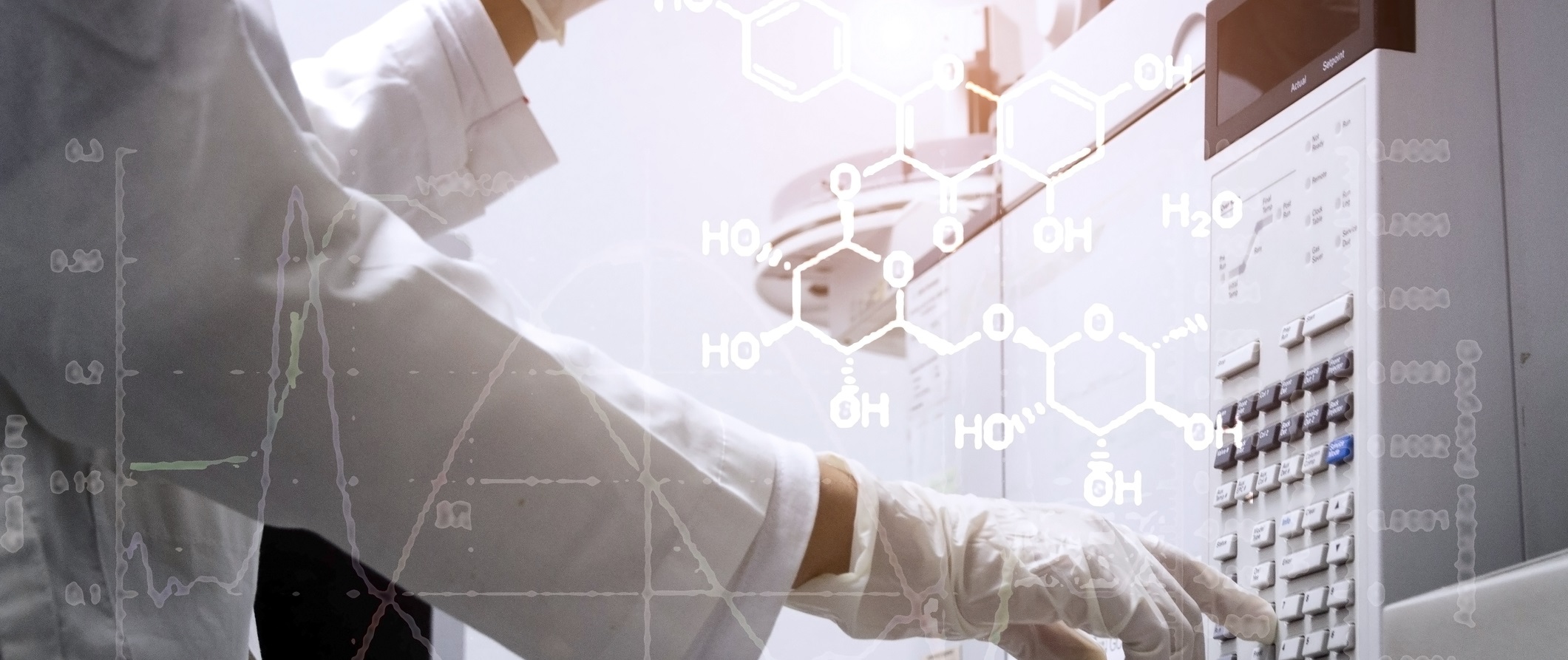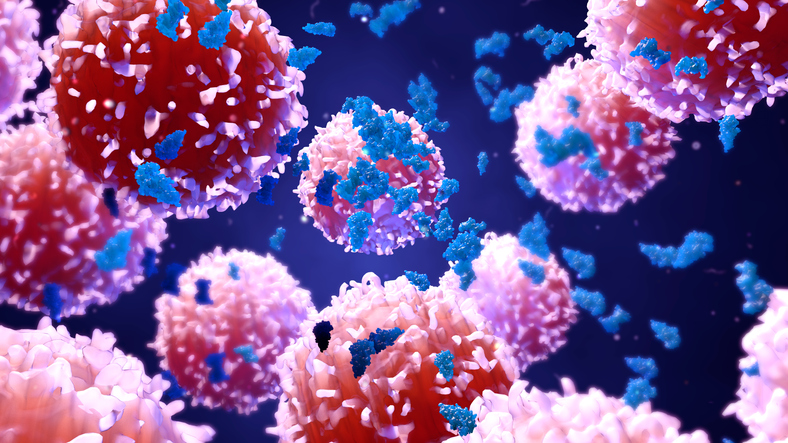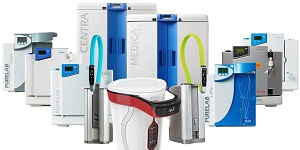Inorganic Compounds

What are likely Inorganic Impurities in Purified Water?
The most common inorganic impurities in purified water are residuals of the more common ions in feed water – sodium, calcium, iron, magnesium, chloride, sulphate, nitrate – and ions weakly held on ion-exchange resin – silicates and borates. Bicarbonate ions will usually be present, as well, produced by the dissolution of atmospheric CO2 in the product water on exposure to the environment.
Where do Inorganic Impurities come from?
Inorganic ions are the most abundant of the impurities in the feed water used to supply water purification systems. These can carry over into the product purified water if they are not removed effectively. They can also be released from ion-exchange (IX) media within the purification system as the media IX capacities are used up.
What Applications do Inorganic Impurities affect?
Clearly, the presence of an impurity containing an element being determined will directly affect the accuracy of the results of elemental analysis. Other elements/compounds with overlapping spectral emissions or isotopic masses will also interfere with ICP-OES and ICP-MS analyses respectively. Higher concentrations of less soluble species can lead to degradation in spray characteristics for these techniques and AAS and can degrade column and detector performance in HPLC. Impurity ions can also affect ionisation and form multi-atom ions in ICP-MS and LC-MS.
How are Inorganic Impurities Monitored?
The universal method of monitoring for ionic impurities in purified water is by measuring its electrical conductivity/resistivity. A resistivity of 18.2 MΩ.cm is essential for ultrapure water containing the lowest levels of impurities but, due to the slight ionisation of water into hydrogen and hydroxyl ions, even with 18.2 MΩ.cm resistivity water, ppb levels of impurity ions may be present. The absence of trace ions can only be assured by carrying out regular specific analyses, notably by ICP-MS, or using a water-purification system design which guarantees their removal, such as PureSure.
What Levels are Important?
The significance of impurities depends on the application. For ultra-trace analysis even very low (sub-ppb) levels of inorganic ions can interfere significantly. Type 1+ water with a resistivity of 18.2MΩ.cm is essential. For less sensitive analyses higher impurity levels may be acceptable (Type 2+ or 2 with resistivity respectively of 10 or 1MΩ.cm).
How does ELGA Remove Inorganic Impurities?
In ELGA systems typically over 95% of ions are removed by high-rejection reverse osmosis membranes. A subsequent storage reservoir is protected by CO2-removing vent-filtration. The remaining ions are removed by recirculation through ion-exchange cartridges. The purest, high-efficiency mixed bed resins are used throughout. The use of PureSure - twin ion-exchange packs with resistivity monitoring both between the packs and in the product water – makes sure that the purification packs are exchanged before there is any chance of the second pack becoming less than 100% effective. This guarantees that the minimum levels of impurity ions are achieved and maintained. The IX capacity is also maximised.









